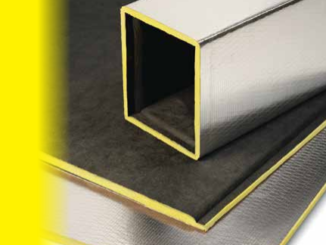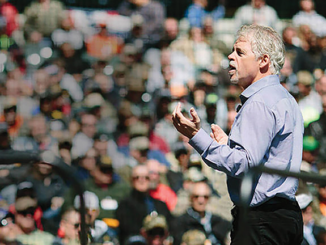2017 in Review Downtown Seattle took the construction industry by storm this summer, as a record number of cranes dotted the horizon with no end to the activity in sight. According to the Seattle Times, “from South Lake Union to Sodo, the number of projects getting built has doubled in the last five years.”
The demand for housing and office space in Seattle’s core continues to climb and as of early fall, 74 projects were on the docket—the most recorded by the Downtown Seattle Association since 2005. These numbers indicate a steady increase from a record 68 at the beginning of 2017, and a previous record of 65 just over a year ago.
South Lake Union is the neighbourhood experiencing the most growth, with First Hill and Denny Triangle following close behind. The downtown waterfront, Sodo, and International Districts trail in development numbers, but that is expected to shift over the next 24 months.
Coming up Next Year
Moving into 2018, there are about 150 projects on the books or coming down the pipe. According to Seattle Construction News, Hotel Interurban, a 19-storey hotel and Tukwila’s tallest building; Mercy Magnusen Place, with 148 new affordable apartments; and New One88 Bellevue tower are just a handful of stars on a full construction roster for 2018.
Of course, Amazon (10 offices completed in 2017 or set to begin shortly); Google and Facebook (with new offices planned); and 2,875 hotel rooms under construction (nearly half of them in R.C. Hedreen’s Hyatt Regency) are leading
with way volume-wise. The $50-million F5 Tower and 58-storey Rainier Square offie and residential tower at $600 million are also bringing a large portion of work to the table.
Reports in November indicated a three per cent drop in residential demand moving into next year, but it is important to note that as of fall, there were 67,507 apartment units in various stages of construction and planning. They spread across the region with 58% in Seattle, 24% on the Eastside, and 9% in both Snohomish County and South King County.
According to Business Insider, there is no end in sight for the region’s construction boom. The publications is tracking 14, 293 units scheduled to wrap up in 2018, and 7,053 on the books for 2019—a number that is expected to rise later in 2018.
“The last three years have seen near record-breaking levels in excess of 9,000 units per year,” said Business Insider. “2018 appears to be a monster year for new construction.”
Business Trends for 2018
As the general US construction industry looks strong for 2018-19, it is important to keep an eye on some important trends economists are recommending for the next couple of years. For one, brand-building is going to be more important than ever, especially for the 82.7% of the business employment share taken up by small businesses. Committing time and energy to branding clothing, safety products, and promotional items will be key in helping businesses stand out among a sea of contractors.
Increased focus on safety is hardly a trend and more a reality but the focus will be in innovative ways to engage workers in a safety plan and integrate health and safety as part of the workplace culture. Small companies don’t always have the same resources to commit to this area, but also have the advantage of fewer employees to get on board. The keys are modelling safety, making it the unspoken norm, and talking about anything but safety at safety meetings. Check out Kevin Burns’ blog and resources for some convincing and subtle ways to rally your workforce behind this most important operational principle.
We can’t say enough about the importance of keeping abreast of new technologies and how they can improve productivity, cost savings, and operational efficiency. Virtual and augmented reality, 3D modeling, and drones are changing the face of building project development and you don’t want to be left behind. Employee management software can save companies thousands each year—no kidding.
Sustainable building is on the minds of some companies, with the general industry taking note when the benefits have financial implications. As an industry, construction is shifting its attention in this direction—how to implement environmental principles that improve a project’s bottom line. Now is a good time to investigate these and think about how to implement them in the coming year and beyond.
In its typical cycle, the construction industry is facing cost increases as materials costs rise and labor availability drops. Currently, costs are outpacing inflation, but the trend can’t last forever. Dedicating time to labor retention, employee education, and productivity incentives, along with some strong research into material innovations will be key in 2018.



